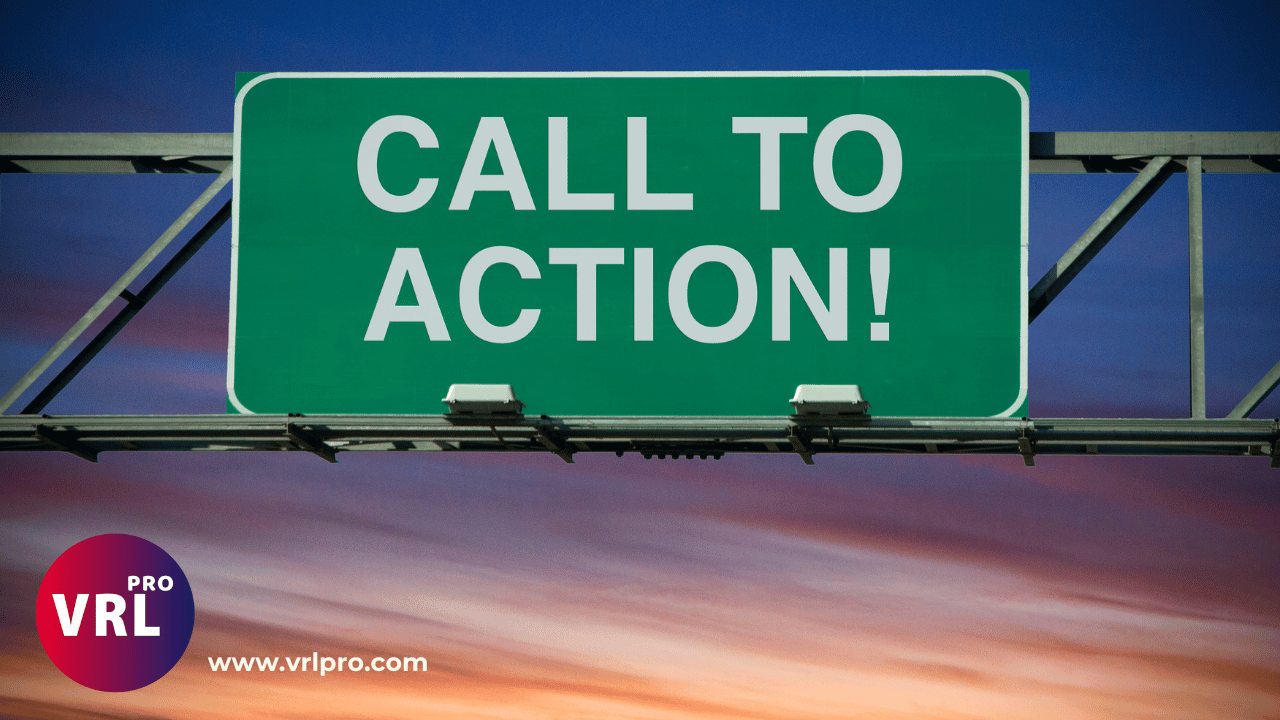Call-to-actions (CTAs) are a crucial element of any marketing strategy. They serve as the gateway between a visitor and the desired action, whether it’s making a purchase, signing up for a newsletter, or downloading an ebook. But have you ever wondered why some CTAs are more effective than others? The answer lies in the psychology behind them.
The Power of Persuasion
Effective CTAs tap into the principles of persuasion, leveraging psychological triggers to influence user behavior. One such principle is scarcity. Humans have a natural fear of missing out, so when a CTA emphasizes limited availability or a time-limited offer, it creates a sense of urgency that compels users to take action.
Another powerful psychological trigger is social proof. People tend to follow the crowd, so when a CTA highlights the number of satisfied customers or positive reviews, it boosts credibility and encourages others to follow suit.
The Importance of Design
While the psychology behind CTAs is crucial, design plays an equally important role. The visual elements of a CTA can significantly impact its effectiveness. The color, size, and placement of a CTA can all influence user behavior.
Color psychology plays a significant role in CTA design. For example, red is often associated with urgency and can be effective for CTAs that require immediate action. On the other hand, green is often associated with safety and can work well for CTAs related to financial transactions.
The size and placement of a CTA are also critical. A well-designed CTA should be easily noticeable and stand out from the rest of the page. Placing the CTA above the fold, where users can see it without scrolling, can also increase its visibility and likelihood of being clicked.
The Power of Words
The words used in a CTA can make or break its effectiveness. The language should be concise, clear, and action-oriented. Instead of using generic phrases like “Click Here,” consider using more compelling language that conveys the value or benefit of taking action.
For example, instead of saying “Sign Up,” you could say “Get Exclusive Access” or “Join Our VIP Community.” These phrases create a sense of exclusivity and make the user feel like they are gaining something valuable by taking action.
The Element of Trust
Trust is a vital component of any effective CTA. Users need to feel confident that their information will be safe and that they are making a wise decision. Including trust signals, such as security badges, customer testimonials, or money-back guarantees, can help alleviate any concerns and increase the likelihood of conversion.
Additionally, providing clear and transparent information about what will happen after the user clicks the CTA can also build trust. Letting users know what to expect, whether it’s a confirmation email, a download link, or a redirect to a new page, helps manage expectations and reduces any anxiety or uncertainty.
The Power of Testing
Finally, it’s important to remember that there is no one-size-fits-all approach to CTAs. What works for one audience may not work for another. That’s why testing is crucial. A/B testing different variations of CTAs can provide valuable insights into what resonates with your specific audience.
Test different colors, wording, placement, and even the shape of your CTAs to see which ones generate the highest click-through rates and conversions. Continuously refining and optimizing your CTAs based on data and user feedback will ensure that you are maximizing their effectiveness.
In conclusion, the psychology behind effective CTAs is a combination of persuasive techniques, thoughtful design, compelling language, trust-building elements, and continuous testing. By understanding and implementing these principles, you can create CTAs that not only grab attention but also drive action.




